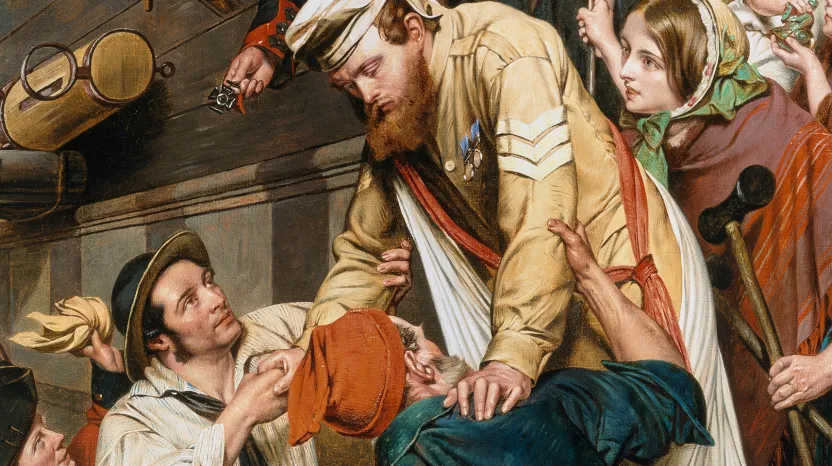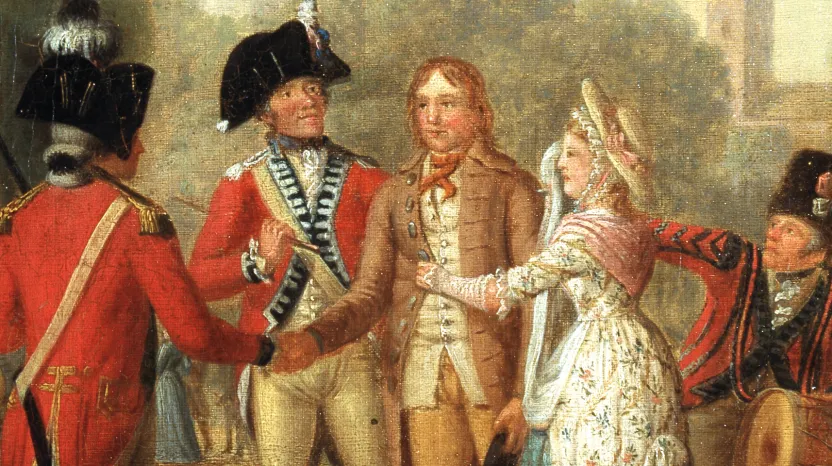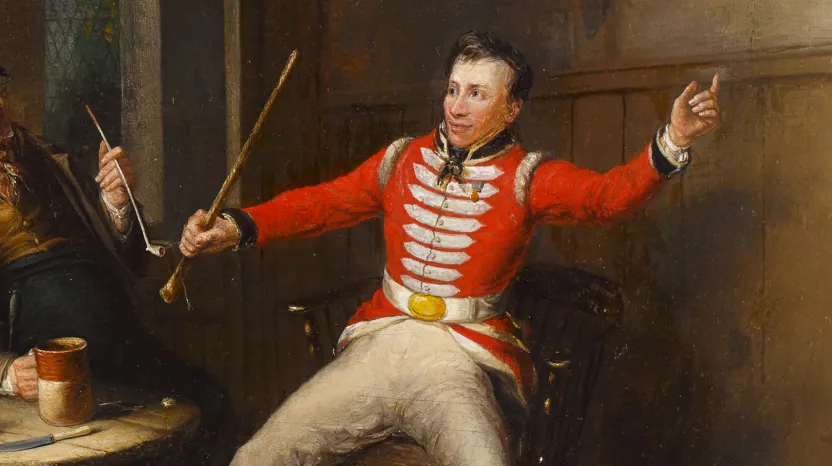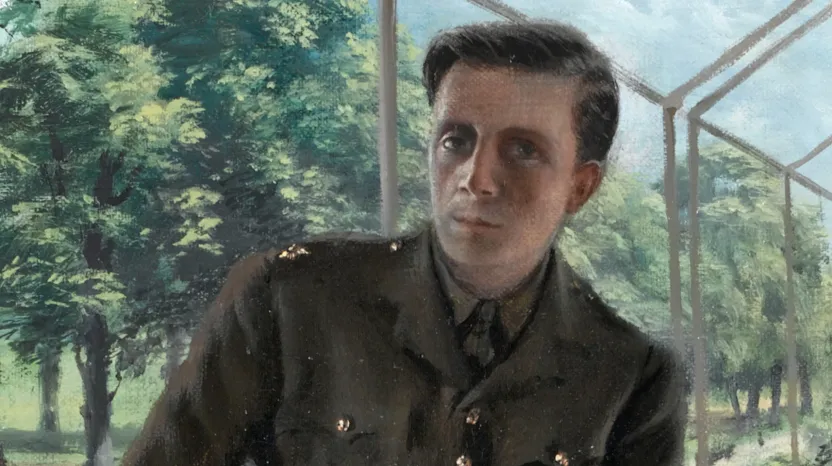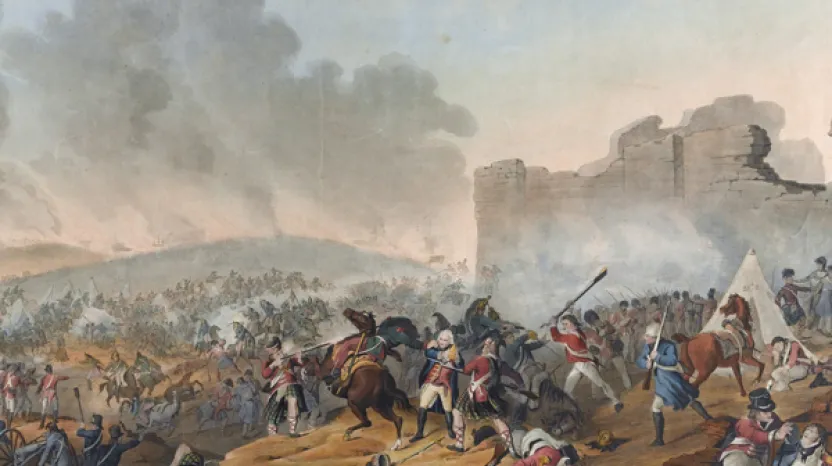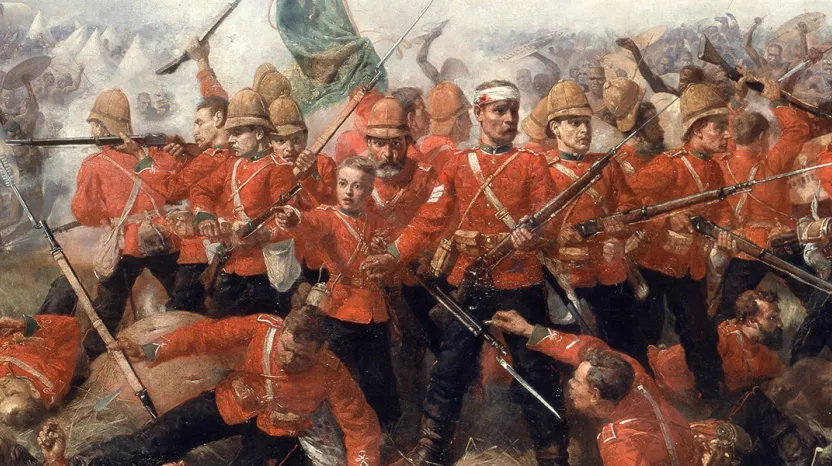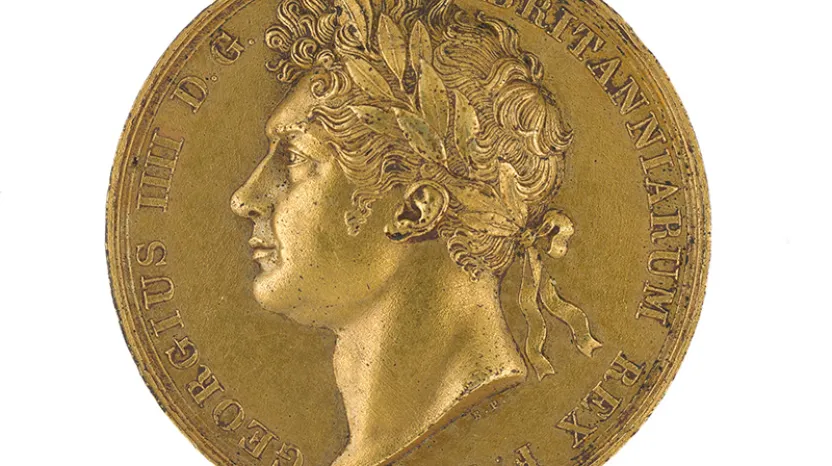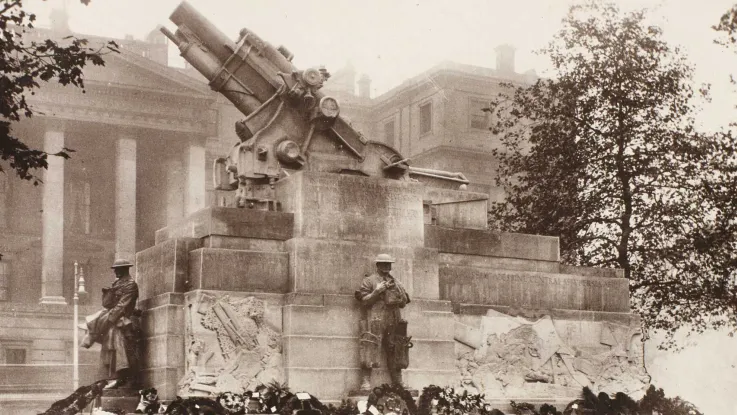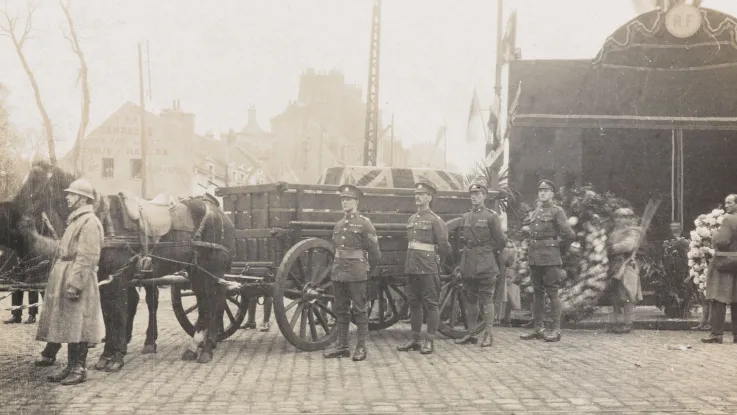Explore

On This Day: December 1945
In December 1945, British soldiers enjoyed the seasonal festivities and reflected upon the momentous events of the last 12 months. But the ongoing challenges of ‘winning the peace’ inspired at least as much anxiety as they did hope.
Explore by theme

